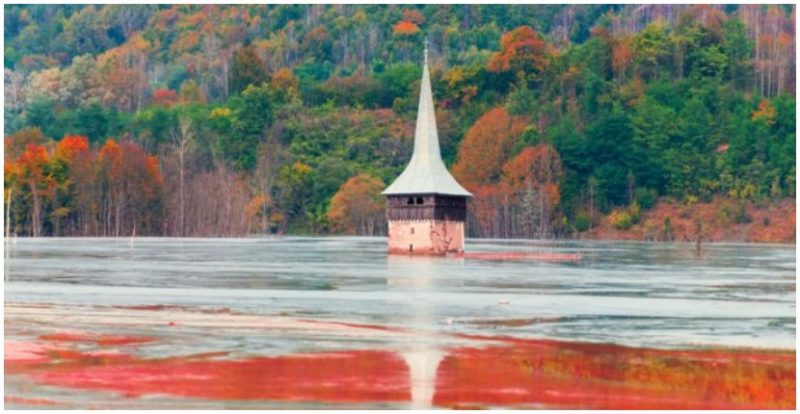Progress may march on, but not without its cost. That simple truth is clearer in the Romanian village of Geamana than it is in many other places. Geamana was a happy, picturesque village until 1978 when its fate took a toxic turn.
According to ZME Science, that was the year the Communist regime ordered that village be abandoned to make way for toxic waste from a mining pit nearby. The story begins the previous year, when Nicolae Ceausescu, who led Communist Romania for more than 20 years, became interested in mining an enormous underground deposit of copper located near the village. The mining process began the following year, along with the need to vacate Geamana.
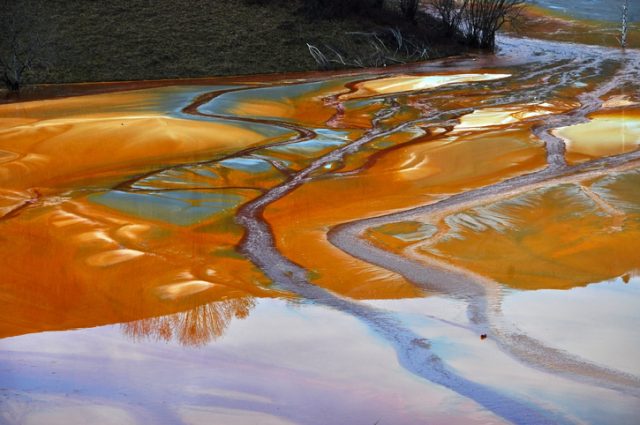
The Rosia Poieni copper reserve is the largest of its type in the country. The mining operation there is no longer being used, but at its peak, the mine produced more than 11,000 tons of copper ore per year. An unfortunate side effect of the mining process is that it generated a lot of sludgy waste, which is where Geamana came in the picture.
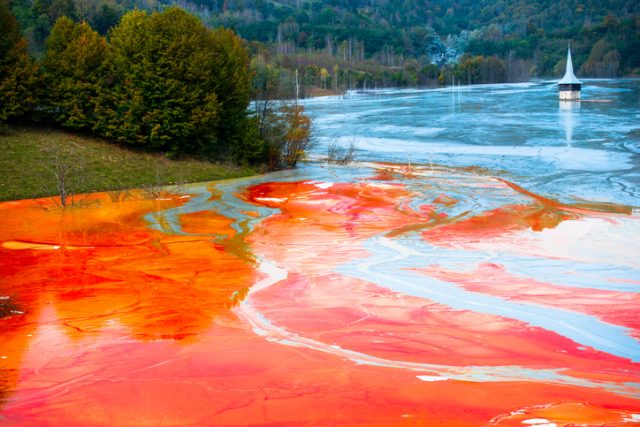
The 400 or so families who lived in Geamana were evacuated, and the highly toxic byproducts from the mining operation went into a man-made catch basin, slowly engulfing the now-abandoned village in a lake of vivid, unnatural colors, courtesy of the toxins from the mine.
As mining continued more sludge was poured into the basin, and the lake slowly grew, swallowing the village and all the structures in it.
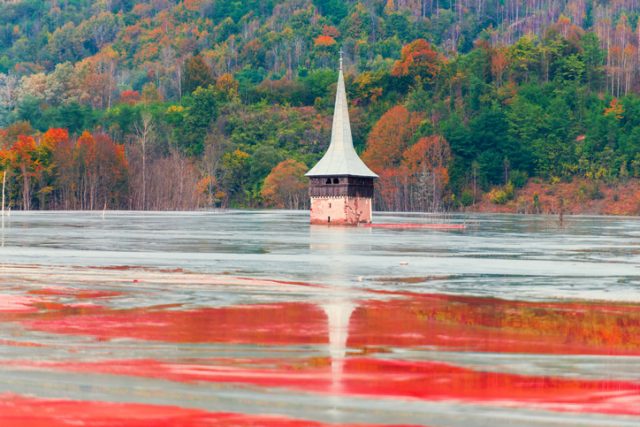
The lake is very acidic and contaminated with cyanide, which got rid of all the vegetation and forced any animal life elsewhere. All that can still be seen of Geamana is the church and a handful of houses.
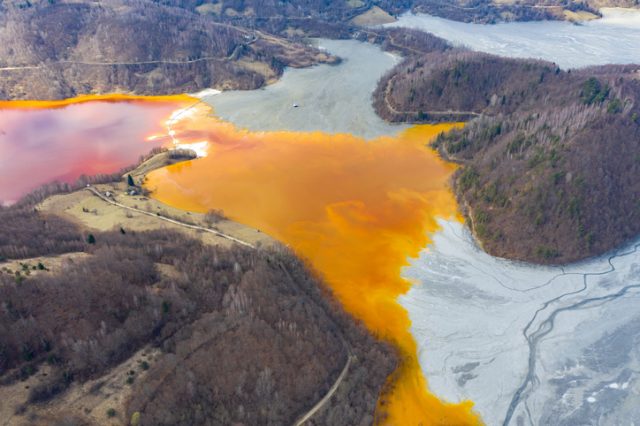
At the time of the evacuation, many of the families thought that they would be well-compensated for their removal and that their relocation would only be a little over four miles away, but they were mistaken.
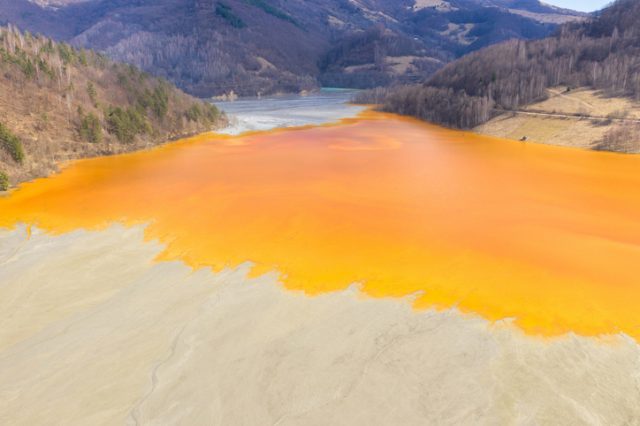
The villagers were actually taken more than 60 miles away. The government provided them with some land and a small amount of cash to re-establish themselves, far away from their families and the area where all their connections were located.
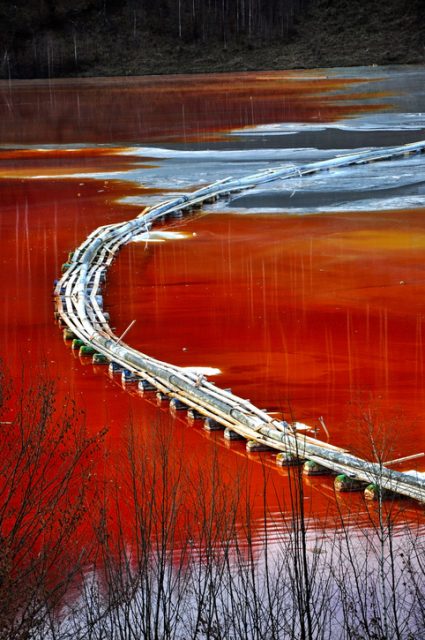
A few of the locals – those that lived in higher elevations – chose not to leave the village, but are still unhappy about its fate, particularly about the fact that the government didn’t move any of the graves that surrounded the village church, instead just allowing them to be swallowed by the waste like the rest of the town.
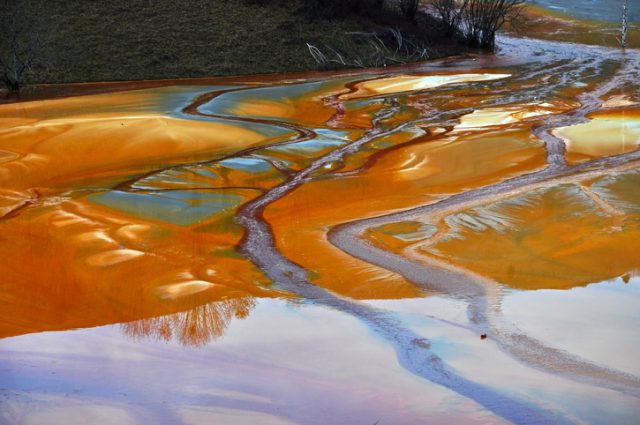
The atmosphere as gloomy and bleak, not only because of the appearance of the toxic lake, but also because of the people who still live nearby, on higher ground or in neighboring villages, who have to live their lives with whatever unnatural substances in the lake permeating everything they eat, drink, or breathe.
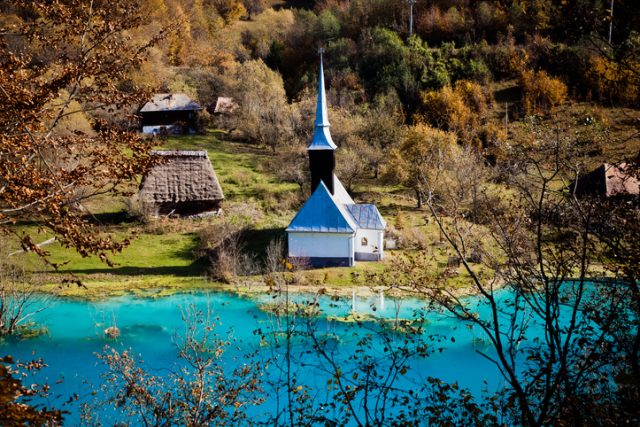
The lake is rising at the rate of about three feet a year, with no signs of slowing — meaning that the poisonous waters are becoming an increasing threat to more and more of the local’s homes and health, in addition to plants and animals.
One church in the area that was under threat of encroachment by the sludge was dismantled stone by stone and moved to a museum in Sibiu.
Correction: In the original version of the article we misstated that Cristian Lipovan had taken these photos. This is not the case the photos in the article are not his. We made the correction on 4/23/19.
